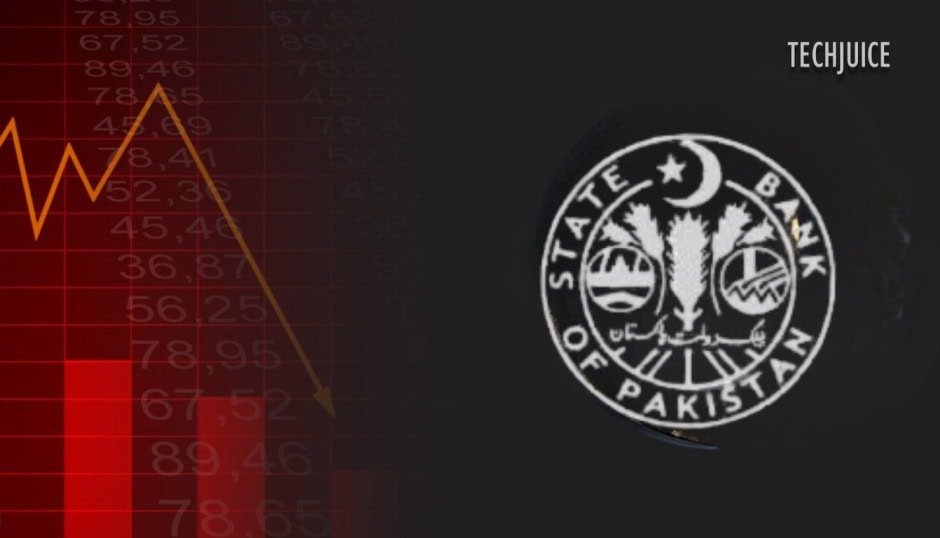ISLAMABAD: The State Bank of Pakistan (SBP) announced on Monday that it has decided to reduce its key policy rate by 200 basis points (bps), bringing it down from 15% to 13%, effective December 17th, 2024. This move comes amid growing calls for a major rate cut to stimulate economic activity.
“At its meeting today, the Monetary Policy Committee (MPC) decided to cut the policy rate by 200 bps to 13%, effective from December 17, 2024,” the SBP stated in a press release. SBP stated that food inflation and the gradual reduction of November 2023 gas rate rises impacted the decision.
Despite the reduction, the SBP highlighted concerns over core inflation, which remains sticky at 9.7%. The financial institution observed that the expectations regarding inflation among consumers and businesses remain unpredictable. The MPC has once again emphasized its earlier viewpoint that inflation could experience fluctuations soon before settling into the desired range.
However, the committee conveyed a sense of hope about the economic future, pointing to a positive shift in growth expectations, as evidenced by a recent rise in high-frequency economic activity indicators.
The SBP also pointed out several positive economic developments. The current account has been balanced for three consecutive months and the surplus has helped in boosting up the foreign exchange reserves of the central bank based on the weak money inflow and large official debt services estimated the current foreign exchange reserves of the country about $12 billion.
Further, global prices have remained favorable, which has had positive spillover effects on domestic inflation and the import bill. The SBP also pointed out that credit to the private sector has expanded considerably on account of improvements in financial conditions and banks’ attempts to achieve the ADR targets.
Market Reaction
The rate cut decision was largely in line with market expectations, though the degree of the cut varied. Business groups had advocated for a more substantial reduction of 400 to 500 bps to spur growth, while financial analysts had anticipated a more conservative cut of 200 to 300 bps.
The headline inflation rate, measured by the Consumer Price Index (CPI), fell sharply to 4.9% in November, leaving the real interest rate at a highly positive 10%, as the current policy rate was 15%. This drop in inflation brought a significant space for rate cuts although it was expected that the SBP would be reluctant to bring the rate down to single digits as demanded by some quarters.
The announcement of the rate cut had a positive impact on the stock market. At the Pakistan Stock Exchange (PSX) the benchmark KSE-100 index was up by 1.63% to 116,169.41 points from the previous close of 114,301.80, with an increase of 1,867.61 points.
Future Outlook and Potential Risks
The SBP has already cut the policy rate from a peak of 22 % in four intervals since June 2024 but the rate cut may not be enough to compensate for the sharp decline in the CPI which touched a 78-month low of 4.9% in November. Government and market experts had expected CPI-based inflation to range between 6% and 8%.
Some analysts warn that a drastic reduction in the policy rate, especially to single digits, could destabilize the banking system and potentially reignite inflationary pressures. Moreover, the present expectation of the current CPI decline may be suggestive of a lower level of economic activity especially when the government and international agencies have set growth for FY25 at between 2.5% and 3%.
Recent analyses suggest that inflation may continue to decrease in December, with projections between 3.5% and 3.9%, potentially allowing for more opportunities for rate reductions. Recently, the finance minister has suggested that the decrease is unlikely to surpass 300 basis points in the immediate future.
As inflation shows signs of deceleration, the stance of the SBP regarding monetary policy will remain a crucial element in harmonizing economic growth with financial stability in the future.












